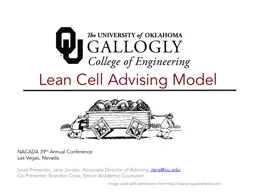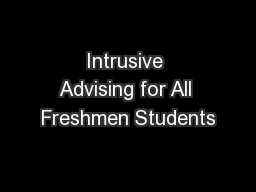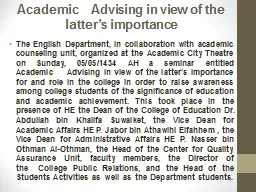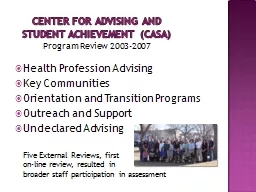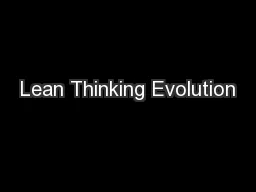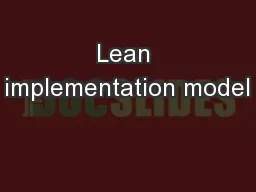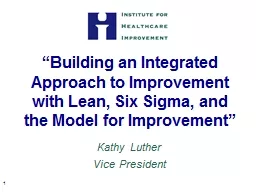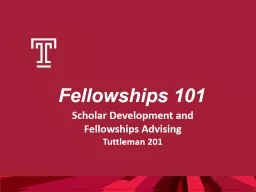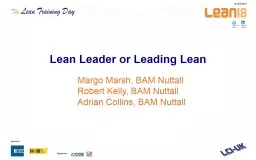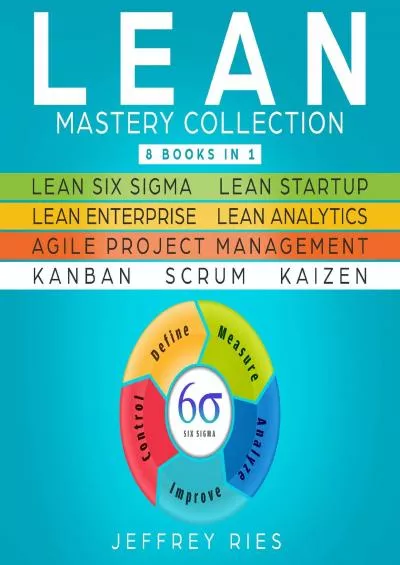PPT-Lean Cell Advising Model
Author : min-jolicoeur | Published Date : 2015-11-23
NACADA 39 th Annual Conference Las Vegas Nevada Lead Presenter Jana Jacobs Associate Director of Advising Janaouedu CoPresenter Brandon Crow Senior Academic Counselor
Presentation Embed Code
Download Presentation
Download Presentation The PPT/PDF document "Lean Cell Advising Model" is the property of its rightful owner. Permission is granted to download and print the materials on this website for personal, non-commercial use only, and to display it on your personal computer provided you do not modify the materials and that you retain all copyright notices contained in the materials. By downloading content from our website, you accept the terms of this agreement.
Lean Cell Advising Model: Transcript
Download Rules Of Document
"Lean Cell Advising Model"The content belongs to its owner. You may download and print it for personal use, without modification, and keep all copyright notices. By downloading, you agree to these terms.
Related Documents

